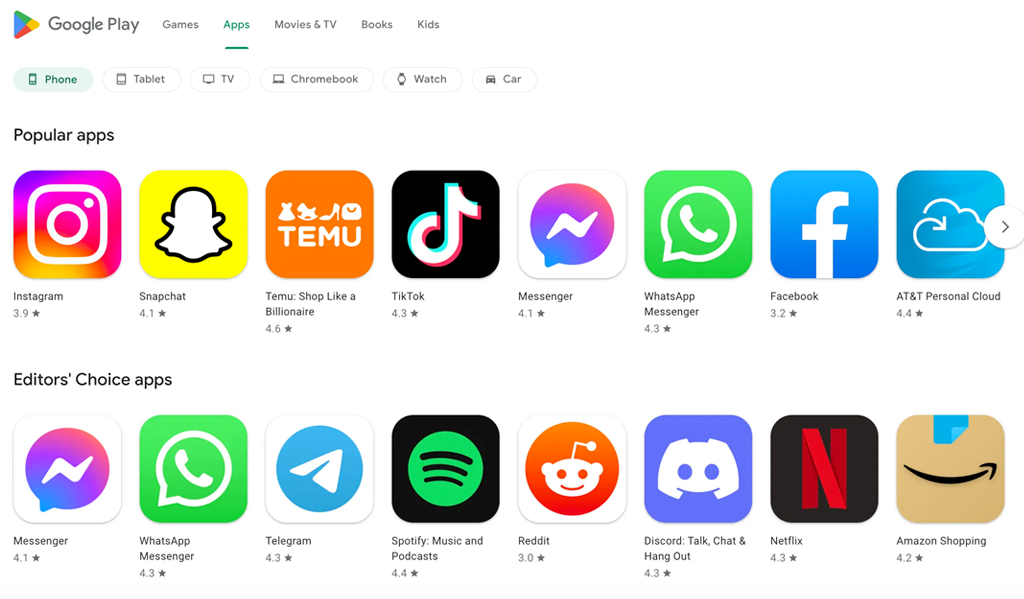The mobile google play app install optimization phenomenon applicable to platforms like Google Play or the App Store, is the wizardry responsible for presenting users with tailored lists of apps in response to their search queries. Have you ever delved into the mystery of how the app store curates those specific app lists? Why do specific search results persist, even with minor tweaks to your query?
This is the realm of ASO’s meticulous app optimization endeavors.
Demystifying ASO app optimization, or App Store Optimization, is a systematic process that involves the curation and analysis of search terms and keywords, strategically woven into app metadata to enhance visibility within the app store. While the optimization goals for Google play store app install and the App Store align, their approaches differ due to distinct mechanisms governing the indexing of metadata fields. In the construction of metadata, ASO optimization seeks out pertinent user queries and seamlessly integrates them into the app’s metadata.
As a user, much of this transpires behind the scenes. However, you play a pivotal role in shaping search results, evaluating keyword relevance, and deciding whether to install an application. Let’s delve into the mechanics of this process with an illustrative example. Suppose you’ve entered the app store with the intent of installing a habit-tracking app for personal development. You formulate a search query:
- Step 1: Search Terms and Search Suggestions When you enter a search term, you encounter search suggestions—queries other users have previously searched for. By entering “tracker,” for instance, you’re presented with a list of options, ultimately selecting “habit tracker.”
- Step 2: Search Results The play store app install generates a search result, a list of applications matching your query. The magic of ASO optimization lies in understanding which words are suitable, relevant, and capable of addressing the user’s needs.
- Step 3: User Selection You choose the application from the list based on icons, ratings, or a combination. Further insights into the app’s metadata are obtained when you navigate to the application page.
In essence, you become an unwitting participant in the ASO optimization process.

VISUAL AND TEXTUAL OPTIMIZATION OF APPS
As previously noted, users encounter two optimization facets—textual and visual. Text optimization involves crafting metadata containing essential keywords. This aids the store algorithm in identifying and presenting your application to users.
Visual optimization, on the other hand, revolves around icons, screenshots, and videos. While this material doesn’t interact with play store app install indexing algorithms, it significantly influences conversion. In simpler terms, whether you install an application or notice it in search results depends on the icon, screenshots, and video.
While Google play store app install and the App Store share commonalities in app optimization, there are differences in metadata structure and indexing considerations. A quick overview of commonalities and differing approaches to ranking factors is presented in the infographic:
- Name: Up to 30 characters
- Short Description: Up to 80 characters (considered in ranking)
- Subtitle: Not provided
- Description: A ranking factor, up to 4000 characters
- Field Keywords: Not applicable
- Localization: Limited to 1 country
With this foundational understanding, let’s practically explore optimizing an app for Google Play.
Google Play Store App Install Optimization
Text optimization aims to index an application for relevant keywords, ensuring the play store app install recognizes your app, associates it with relevant search queries, and displays it in search results. As indicated in the infographic, text metadata for Google Play differs slightly from the App Store.
But where do you source the necessary data? Hasty keyword selection is discouraged. Specialized ASO optimization tools, including market and app analytics platforms, simplify and expedite the keyword research process. In the following example, we’ll illustrate how these tools streamline the analytical workload, ensuring the app secures a strong position in stores from the outset.
Scenario: Children's Coloring Game App (Age Category: 3+ years) App Stores: Google Play and App Store Country: USA ASO Optimization Tool: ASOMobile Analytics
Text optimization involves the following steps:
- Collecting the Semantic Core
- Focus on keyword popularity and traffic.
- Analyze the semantic core to finalize a list based on traffic and relevance.
- Formation of App Metadata
- Comply with Google Play rules for the title, short and full description.
Let’s explore the initial step: collecting the semantic core.
COLLECTING THE SEMANTIC CORE
Initiating work on the semantics for the app involves finding a comparable, well-loved competitor app with similar functionality. ASOMobile analytics provides several free tools for this purpose, including Keyword Monitor, Keyword Suggest, and Text Analyzer.
- Keyword Monitor: Automatically offers a pool of search queries and competitor lists.
- Keyword Suggest: Focuses on suggestions, a guaranteed source of relevant semantics based on market-generated hints.
- Text Analyzer: Analyzes competitor metadata, particularly the description, to extract key queries.
These tools accelerate the process, offering valuable insights into keyword popularity, traffic, and relevance. Let’s explore each tool’s role further.
Keyword Monitor: This free tool provides an initial pool of search queries, automatically generated based on analytics. The list of competitors, which forms the basis for semantic work, is also generated.
Keyword Suggest: This tool leverages market suggestions, offering relevant and popular keywords for play store app install. Analyzing suggestions ensures inclusion of suitable keywords in the semantic core.
Text Analyzer: Utilized twice in the process, Text Analyzer allows for a detailed analysis of competitor metadata, focusing on description content for semantics. This analysis aids in understanding the correct filling of metadata and identifying key queries embedded in the text.
In the next steps, we’ll delve into the analysis of the semantic core and the subsequent formation of app metadata.



